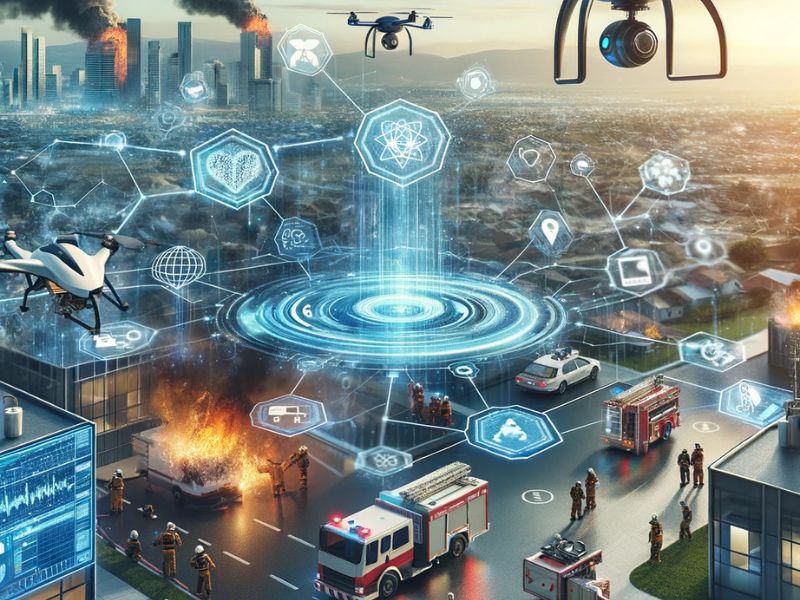
Cutting-edge technology in civil protection: innovations to enhance emergency response
Exploring emerging technologies in civil protection
The evolution of technology in civil protection
Emerging technologies are revolutionizing the field of civil protection, offering new tools and methods to improve response and emergency management. These innovations, including artificial intelligence, drones, IoT sensors and augmented reality, are radically changing the way civil protection agencies prepare for and respond to various crisis situations, from natural disasters to urban incidents.
Artificial intelligence and machine learning
Artificial intelligence and machine learning are transforming emergency management, providing powerful tools for data analysis, crisis prediction and damage assessment. These technologies help identify patterns and trends in large volumes of data, ranging from weather information to social media feeds. Using advanced algorithms, civil protection agencies can better predict and prepare for potential emergencies, thereby improving the speed and effectiveness of their response.
The use of drones and IoT sensors
Drones, equipped with advanced cameras and sensors, are becoming indispensable tools in search and rescue operations, allowing real-time aerial surveillance and access to otherwise inaccessible or dangerous areas. Additionally, IoT sensors are widely used to monitor various environmental parameters such as temperature, air quality, and structural integrity of buildings. These sensors provide valuable real-time data that can be used to detect emergency situations early, such as fire formation or rising water levels.
Geospatial intelligence and enhanced communication systems
Geospatial intelligence is playing a crucial role in mapping and analyzing disaster-affected areas. Using satellite data and GIS, civil protection teams can more accurately plan rescue operations and allocate resources more effectively. Improvements in emergency communication systems, including enhanced connectivity and digital communication platforms, allow for faster and more reliable information flow between rescue agencies and the public.
Augmented and virtual reality in training
Augmented and virtual reality are finding innovative applications in the training of civil protection personnel. These technologies allow the simulation of emergency scenarios in a controlled environment, providing realistic training without the risks associated with real situations. These tools are particularly useful for preparing personnel to respond to a wide range of emergency situations, from managing wildfires to responding to earthquakes and floods.
The technological forefront in civil protection is opening new horizons in emergency management. The adoption of these technologies not only improves crisis preparedness and response but also helps safeguard people’s lives and reduce the impact of disasters on communities. By continuing to integrate these innovations, civil protection agencies can significantly improve their effectiveness, ensuring a faster and more coordinated response in emergency situations.


